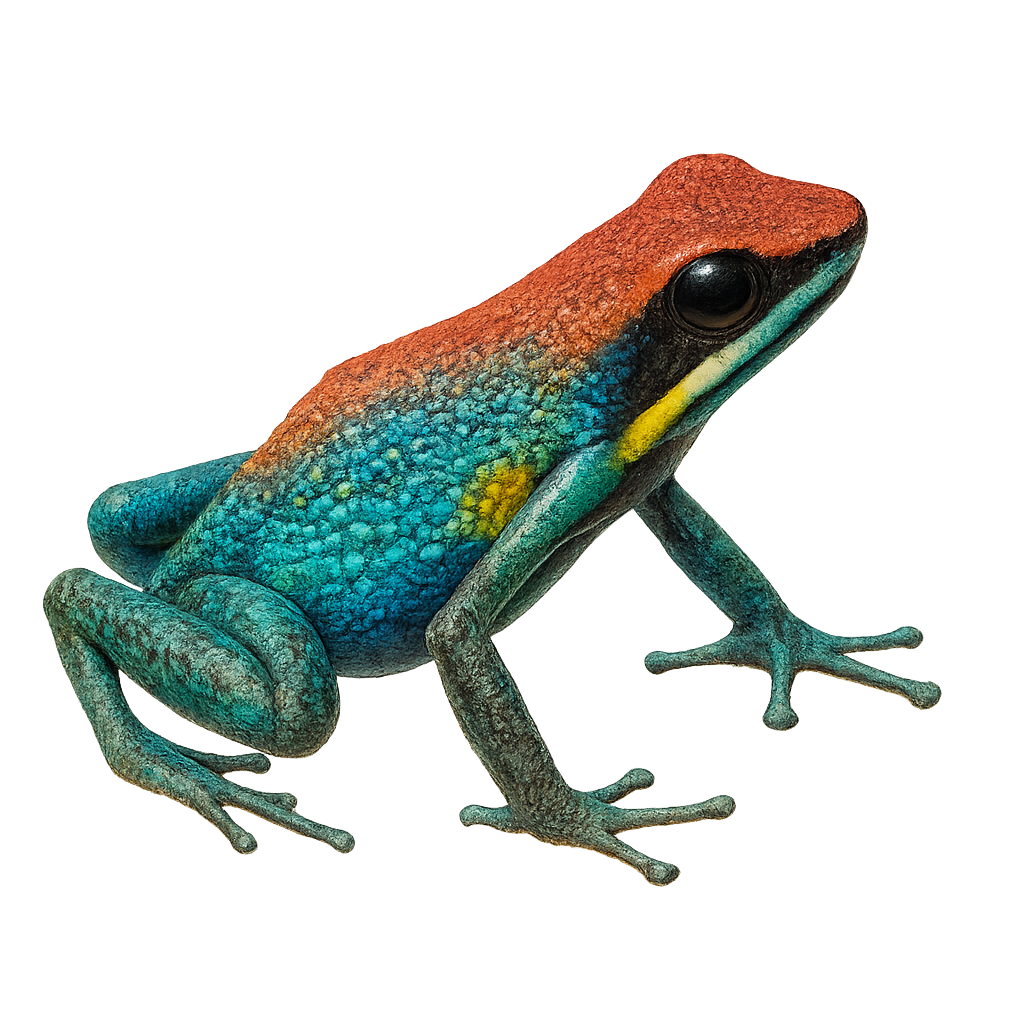Your wildlife photography guide.
Explore the ecuador poison frog in detail, study its behavior, prepare your shots.
Where to observe and photograph the ecuador poison frog in the wild
Learn where and when to spot the ecuador poison frog in the wild, how to identify the species based on distinctive features, and what natural environments it inhabits. The WildlifePhotographer app offers tailored photography tips that reflect the ecuador poison frog’s behavior, helping you capture better wildlife images. Explore the full species profile for key information including description, habitat, active periods, and approach techniques.
Ecuador poison frog
Scientific name: Ameerega bilinguis

IUCN Status: Least Concern
Family: DENDROBATIDAE
Group: Amphibians
Sensitivity to human approach: Suspicious
Minimum approach distance: 2 m
Reproduction period: February to March
Incubation: 10–14 jours
Births: March to April
Habitat:
Humid tropical forests, forest edges, marshy areas
Activity period :
Primarily active during the day, with peak activity in the morning and late afternoon.
Identification and description:
The Ecuador poison frog, Ameerega bilinguis, is a brightly colored frog species belonging to the Dendrobatidae family. It is primarily found in the humid tropical forests of Ecuador and Colombia. Known for its vivid colors, typically a mix of black, blue, and yellow, this frog uses its appearance to warn potential predators of its toxicity. It measures about 2 to 3 cm in length. Ameerega bilinguis are diurnal and primarily feed on small insects. Their skin secretes toxic alkaloids, a common trait among frogs of this family. They play a crucial role in the ecosystem by controlling insect populations and serving as prey for certain predators immune to their poison.
Recommended lens:
Macro – adjust based on distance, desired framing (portrait or habitat), and approach conditions.
Photography tips:
To photograph the Ecuador poison frog, it is advisable to use a macro lens to capture the details of its vivid colors. Approach slowly and cautiously, as this species is suspicious but may tolerate some proximity if it does not feel threatened. Opt for times of the day when natural light is abundant to avoid using flash, which could disturb the animal. A tripod can be useful to stabilize the camera and achieve sharp images.
The WildlifePhotographer App is coming soon!
Be the first to explore the best nature spots, track rutting seasons, log your observations, and observe more wildlife.
Already 1 430 wildlife lovers subscribed worldwide

